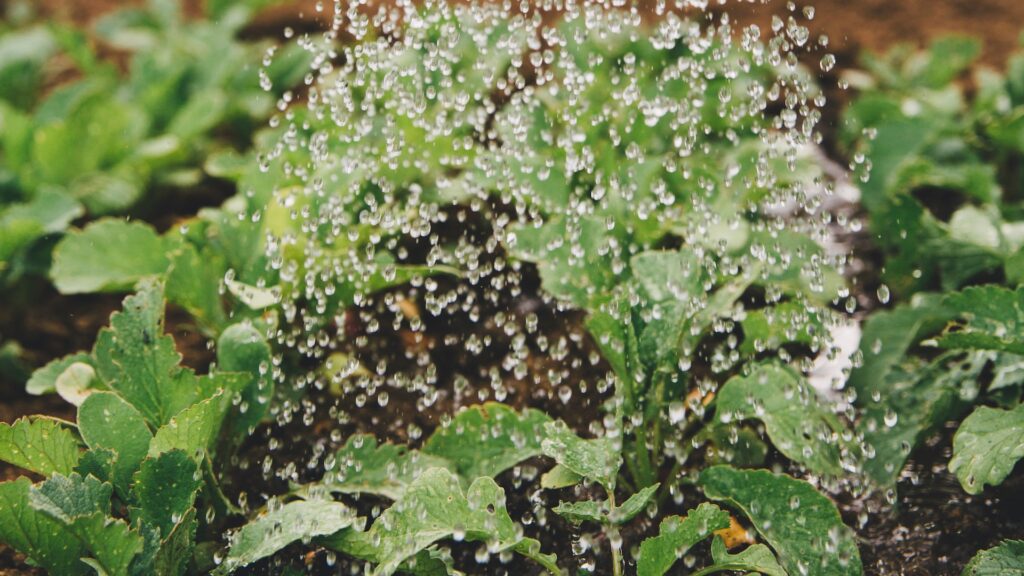Introduction:
In today’s fast-paced world, many people are seeking ways to live a more sustainable lifestyle. One way to do this is by growing your own organic vegetables. And even if you live in a small space, such as an apartment or a tiny backyard, you can still enjoy the benefits of homegrown produce. In this ultimate guide, we will explore the best techniques and tips for growing organic vegetables in limited spaces.
1. Choosing the Right Vegetables:
Not all vegetables are suitable for small space gardening. Opt for compact varieties that thrive in containers or vertical gardens. Some great options include cherry tomatoes, lettuces, peppers, herbs, and radishes. Choose vegetables that are well-suited to your particular growing conditions and preferences.
2. Planning the Garden Layout:
Before starting your small space garden, it’s important to plan the layout efficiently. Consider using raised beds, vertical trellises, hanging baskets, or even repurposed containers to maximize your available space. Utilize the vertical space by growing trailing plants upwards, and arrange the planting in a way that ensures proper sunlight, airflow, and accessibility for maintenance.
3. Soil Preparation:
Creating the right soil environment is essential for healthy plant growth. Choose organic potting mix or compost-rich soil that is well-draining and nutrient-rich. Consider using self-watering containers or incorporating moisture-retaining materials to ensure proper hydration for your plants.
4. Watering and Irrigation:
Watering is crucial for the success of your small space garden. Pay attention to the specific watering needs of each vegetable and ensure a consistent water supply. Implementing a drip irrigation system or self-watering containers can help you save water and time while providing adequate hydration to your plants.
5. Natural Pest Control:
Organic gardening promotes the use of natural pest control methods to protect your crops without harmful chemicals. Introduce beneficial insects like ladybugs and lacewings to control pests naturally. Implement companion planting techniques to deter pests and attract pollinators. Regularly inspect your plants for signs of pest damage and take immediate action to prevent infestations.
6. Harvesting and Maintaining:
Regular harvesting promotes continuous production and ensures the vitality of your plants. Harvest vegetables when they are at peak ripeness, keeping in mind that regular harvesting encourages more growth. Regularly check for diseased or damaged leaves, and promptly remove them to prevent the spread of diseases.
7. Season Extension Techniques:
If you want to enjoy fresh vegetables year-round, explore season extension techniques such as using hoop houses, cold frames, or row covers. These methods protect your plants from frost and extend the growing season, allowing you to harvest produce even during colder months.
Conclusion:
Growing organic vegetables in small spaces is an exciting and rewarding endeavor. By implementing the tips and techniques shared in this ultimate guide, you can create a thriving, sustainable garden that provides you with nutritious, homegrown produce all year round. Start your small space gardening journey today and experience the joy of growing your own organic vegetables.

